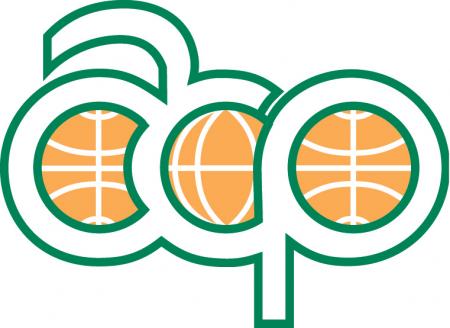Guidebook for assessing and improving social equity in marine conservation
This guidebook is based on an understanding that social equity refers to fairness and justice with respect to the ways that people are recognised, treated, or impacted by conservation initiatives. It is also grounded on a common framework for assessing equity that includes six dimensions: recognitional, procedural, management, environmental, distributional, and contextual and structural equity.






